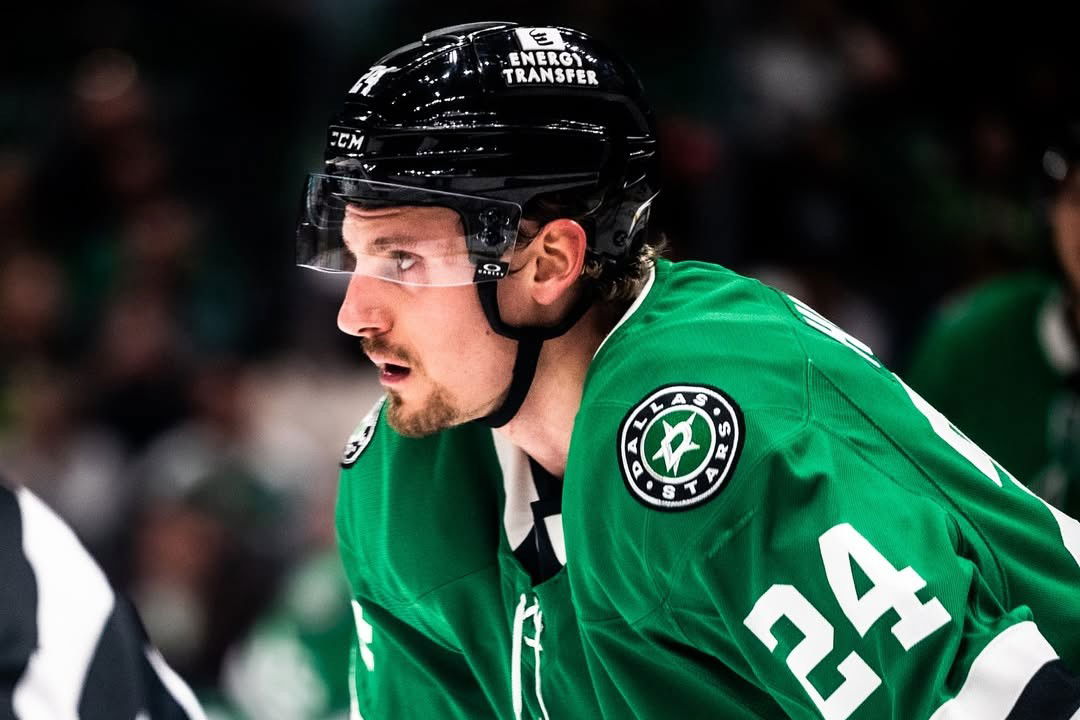A Fractured Moment: Roope Hintz’s Injury and the Controversial Response
It was a seemingly innocuous moment in a high-stakes game—the sort that hockey aficionados expect will pass without any drama. Yet, it transformed into a pivotal incident for the Dallas Stars and their fans. Just two minutes into the third period, with the Edmonton Oilers holding a substantial three-goal lead, Darnell Nurse’s hit on Roope Hintz shocked the arena, raising questions about officiating, player safety, and the repercussions of aggressive play.
The Incident Unfolds
As the live camera focused on the action, it captured nothing more than players transitioning between plays. The announcer, initially unaware of the slipstream of events that had just transpired, soon directed viewers’ attention back to the ice: "They’re gonna stop the play, and Nurse is going off." Darnell Nurse was escorted off the ice, while officials rushed to attend to Hintz, who lay on the ice, clearly in distress.
Replays quickly unraveled the sequence leading to Hintz’s fall. Positioned near the Oilers’ net before the puck was cleared, Hintz had managed to get a glancing hit on Nurse. As he peeled away to reposition himself, Nurse retaliated with a slash directed at Hintz’s shins. The Finnish forward went down, unable to recover on his own. A collective gasp echoed through the arena as medical personnel rushed to help him off the ice, underscoring the seriousness of the situation.
The Aftermath: Power Play Missed
Despite being assessed a minor penalty for slashing, Nurse’s departure from the ice did little to invigorate the Stars’ offense. The team’s power play was met with frustration as they failed to capitalize, effectively stymied in their efforts to narrow the scoring gap. The third period was expected to be a time for resurgence, especially considering the Stars had previously demonstrated strong third-period performances. However, the absence of Hintz—a vital component of their game strategy—left a significant void.
As the announcer noted, “Getting some help. Not putting any weight on that right foot,” Hintz was visibly struggling, flanked by teammates who assisted him off the ice. The looming uncertainty around his injury cast a pall over the Dallas bench as they anticipated what his condition could mean for the remainder of the series.
Discontent Brewing in the Stars Camp
In the aftermath of the incident, it became increasingly evident that the Stars were unhappy not only with how the hit transpired but also with the NHL’s response. Coach Peter DeBoer’s frustration became palpable as he confronted media inquiries regarding the penalty assessed to Nurse. With a pointed inquiry, he asked, “Does anyone in this room think if Connor McDavid gets carried off the ice like that, that it’s not a 5-minute major?”
This rhetorical question resonated deeply within the hockey community, spotlighting a perceived inconsistency in officiating standards—a sentiment echoed by others within the Stars organization. Teammates of Hintz were also vocal about their discontent, with one player stating, “I don’t think it was enough”—a response indicating a stronger expected consequence for Nurse’s actions.
The League’s Rulebook and the Controversy
Analyzing the broader implications, the situation raises intriguing questions about the NHL’s rules governing player safety and penalties. NHL Rule 61.3 pertains specifically to slashing and states that the severity of contact determines whether a major penalty should be awarded. Critically, the rule includes a stipulation that a major penalty must be given if any player suffers an injury as a result of the action.
Given that Hintz required assistance to leave the ice, the Stars believed this warranted a more severe punishment for Nurse—a point of contention among players, coaches, and fans alike. The disconnect between how the players perceive the severity of hits and how officials interpret the rules contributes to ongoing debates about player safety in the NHL.
In the heated moments following the incident, discussions about intent, repercussions, and the integrity of officiating surged to the forefront. As the series progresses, this particular incident may serve not just as a point of contention but as a defining moment that could influence how officials assess similar plays in the future.


